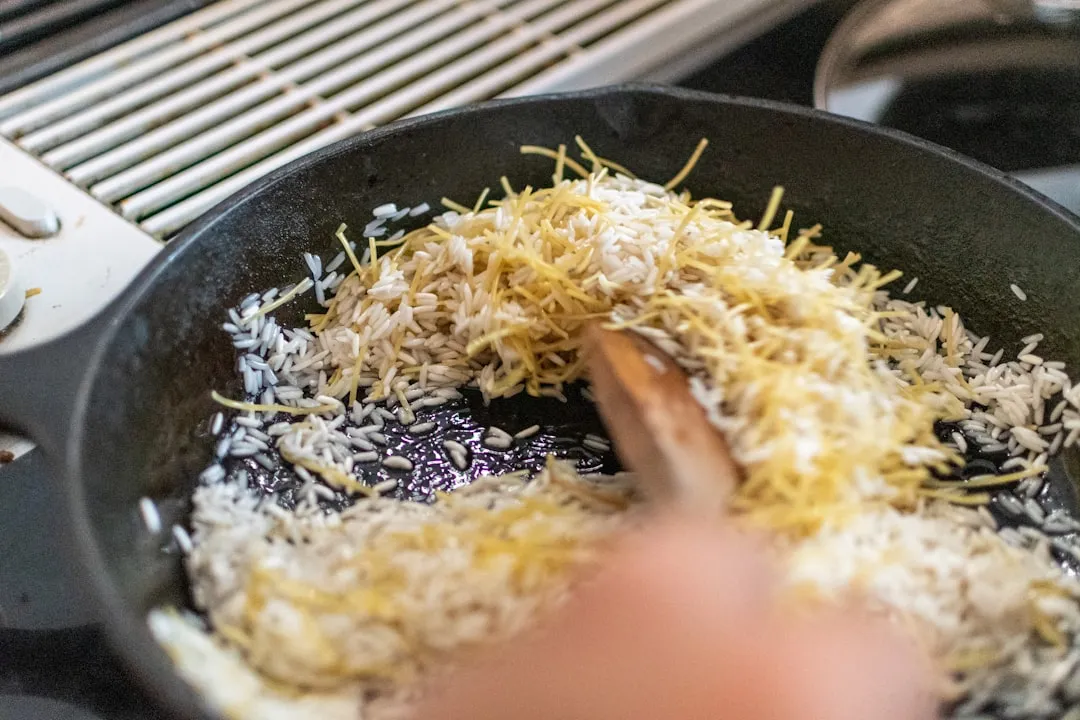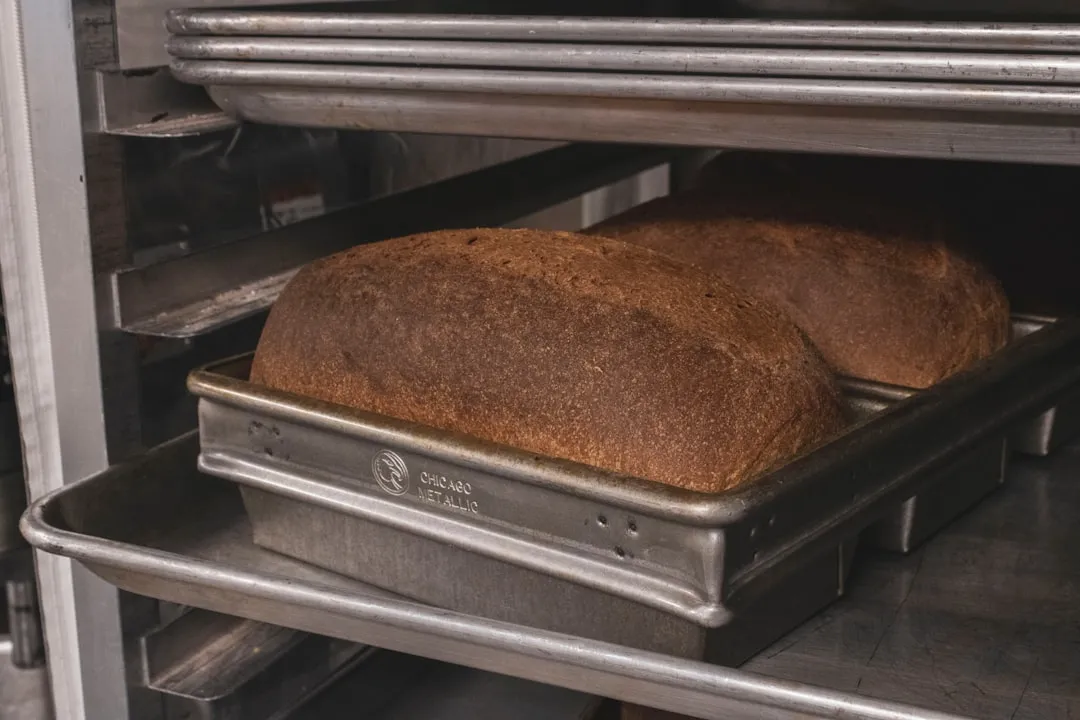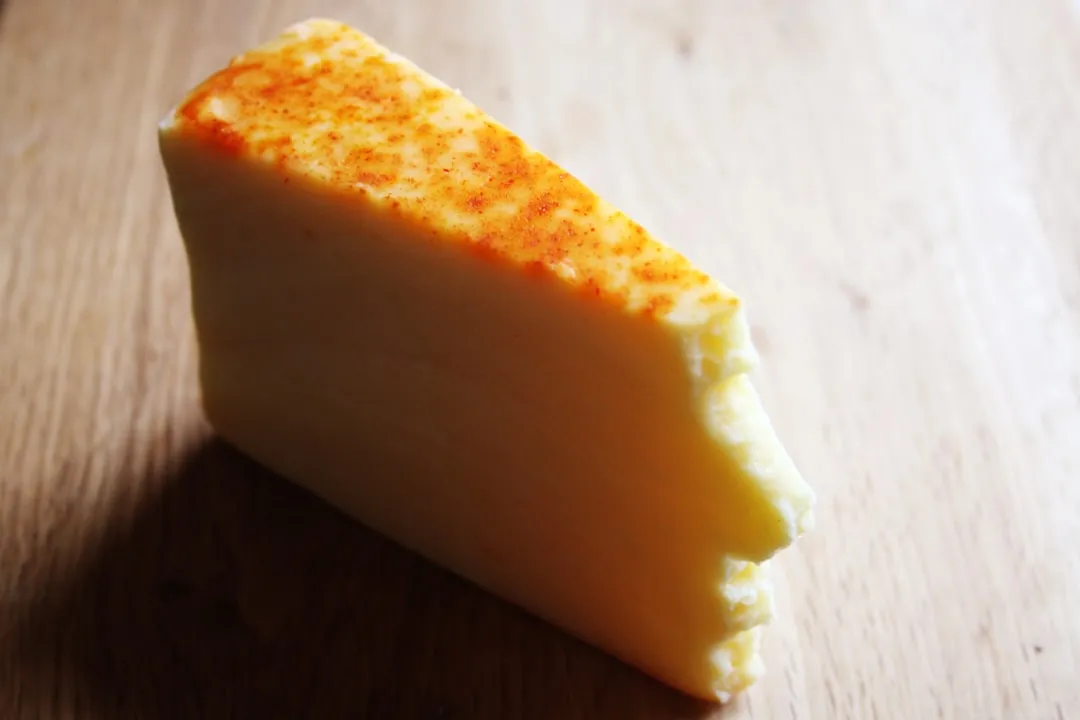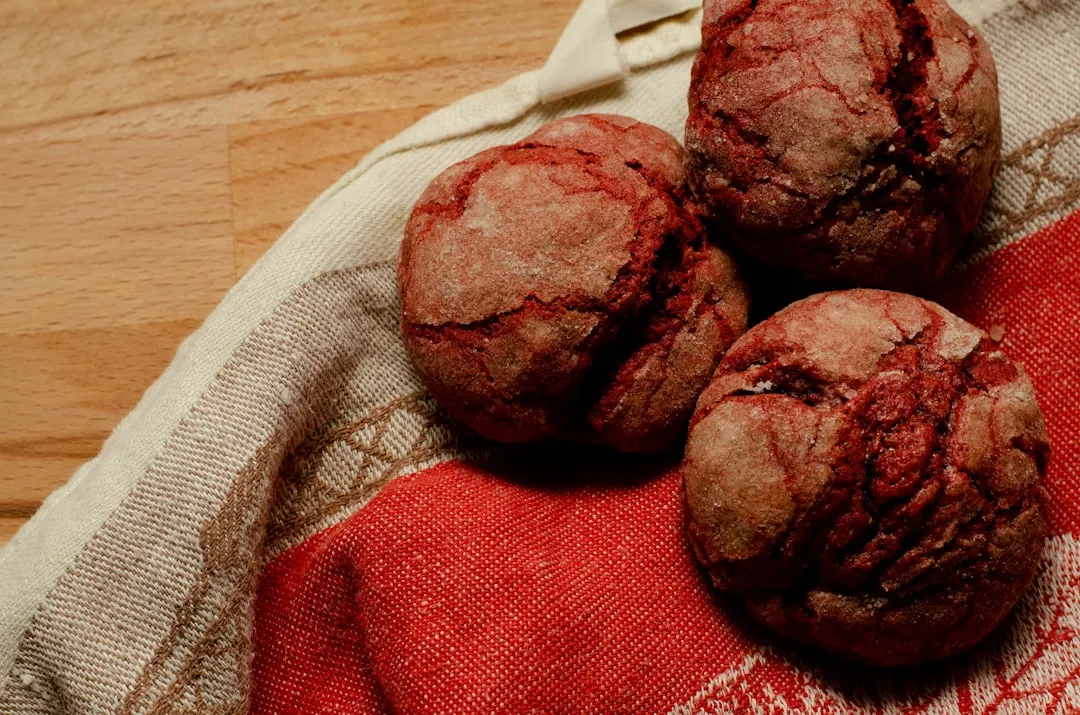I grew up in a rural town, which meant we dehydrated a lot of food. Even with a hungry family of five, there was no way that we could eat all the season's tomatoes before they molded, all the orchard's apples before they grew soft, or all the wild mushrooms we picked. And so our dehydrator was always getting a good workout.
But dehydrating food is a lot more than just a good way to handle an excess of any number of fresh ingredients while retaining much of their nutritional value. It makes many fruits and veggies perfect for snacking (or adding later to oatmeal, muffins, or soups) and is ideal for campers. It's also a great way to bring out the strongest flavors in herbs while keeping them around out of season.
But dehydrators are big and clunky and cost a lot for an appliance you rarely use, which is why I don't have one anymore. Instead, I dehydrate my foods using a few alternate methods, all of which I highly recommend.
Use your oven
It's remarkably easy to dehydrate fruits and veggies in the oven. Just turn it to the lowest setting, cut your fruit and veg into ¼-inch slices, and put them in the oven on a lined sheet pan for as long as they need, usually 6 to 8 hours.

Freshly sliced apple rings.
If you don't want to wait this long, you can compromise by bumping the oven to 225°F. However, the results will be slightly less traditionally dehydrated (though I recommend this approach for dehydrating apples).

Apples after two hours at 225ºF.
Use your toaster oven
Another great option is to use the toaster, which has the advantage of not busying up an appliance you need as frequently as the oven. Toaster ovens vary from machine to machine, so the timing will change in each house.
Just put the toaster oven on its lowest setting and leave the door slightly open to avoid condensation. Keep your eye on the food you're dehydrating, and you'll eventually end up with a pretty perfect dried snack. You can also make perfect jerky in the toaster oven!
Sun dry them
This is my favorite option, though I've found that it works better on certain foods than others. I highly recommend drying herbs and tomatoes with this method, which develop an extra level of sweetness when dried in the sun. For tomatoes (or any other fruit or veggie you wish to sun dry), simply slice them thin, place them on a baking sheet, and leave them in a very sunny spot until they're perfect, which could take a few days. Be sure to put some kind of mesh material over the food to keep the flies from getting to it.
Sun-drying herbs is especially easy: You can make an herb-drying box, or you can simply tie the herbs together with a twist tie (so you can adjust as the herbs invariably shrink), wrap them in cheesecloth, and hang them in the sun, as shown in the pictures below.

A rosemary sprig before and after being wrapped in cheesecloth like a cocoon.
Nuke them in the microwave
It may sound adventurous, but you can have great success dehydrating with a microwave. I recommend sticking to foods that dehydrate quickly, namely apples and herbs. It can also take some trial and error, as microwaves vary greatly in strength and heat.
Build your own dehydrator!
If you're feeling adventurous, you can make your own dehydrator, and it won't even cost you much money.
However, there's one caveat: if you do this, you must tell me how it goes.
Photos by Brady Klopfer/Food Hacks.

























Comments
Be the first, drop a comment!